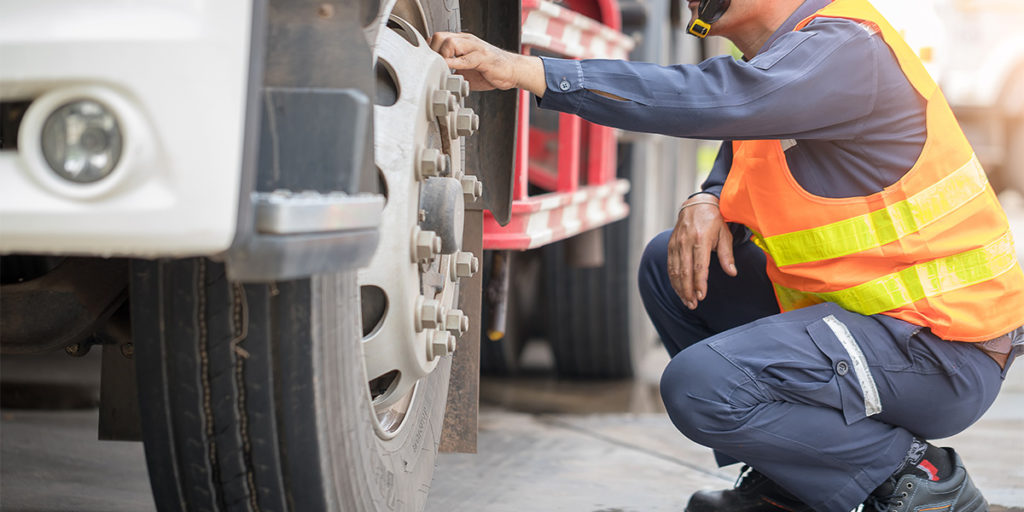Safety Inspections
Posted: Oct. 8, 2019 • By Kevin Kohler

We’re very careful here so safety inspections are just a waste of time
Not so. The cost of not performing safety inspections or performing them poorly may be high, both monetarily and in terms of human suffering. Consider the case of an Ontario car dealership as reported by Northern Ontario Business (June 2019):
“… two workers were critically injured while standing beneath a 10,000-pound hoist used to raise a vehicle undergoing repair in the dealership’s servicing facility … the workers were standing underneath doing repairs when it suddenly fell off the hoist to the floor.
… An independently inspector, hired by the ministry, concluded that the hoists showed years of wear and … Four of the hoists failed their examinations.
(The dealership) had been hiring a company to do all its hoist inspections, which were primarily visual and lasted approximately 15 minutes per hoist. That company indicated the hoists were fit to use.
Lake Shore Motors had not provided the workers with any information or instruction on inspection requirements … As a result, there was no regular maintenance routine in place for the hoists.”
While the court fined the dealership, the real tragedy is that the Ministry found that, had the recommended maintenance schedule been followed, and the hoists inspected properly by qualified persons, the defects would have been uncovered and the injuries avoided.
We walk around before work and check for safety hazards

Before conducting safety inspections it’s important to clearly establish what you want to accomplish and to communicate your reasons for conducting the inspection(s). Some reasons for conducting safety inspections include:
- They are required by safety regulations;
- They allow us to measure the effectiveness of our health and safety systems;
- They can promote participation by including them in inspection teams;
- They capture new hazards that occur in workplaces and work processes subject to change;
- They ensure that critical equipment, facilities and processes are in good repair and ready when called upon;
- They promote the health and safety program by visibly demonstrating its importance;
- They encourage upper management to see and be seen.
Inspections can be:
- Targeted to verify compliance for a specific area, process or activity;
- Random to capture hazards that might not have been previously considered;
- Formal, with established participants and a published process;
- Informal, with time dedicated to observations but without any set procedure.
All inspection types should be used with inspection frequencies established.
We do safety inspections but they just don’t seem to help
Some requirements to ensure the success of your inspection program:

- Encourage cross-functional inspection teams with members from all levels in the organization. Different people bring different perspectives and it encourages meaningful employee participation in the safety system;
- Provide specific inspection training to those who will be involved in inspections;
- Provide support systems for the type of inspection being carried out by including checklists, drawings, equipment manuals, photographs and hazard lists;
- Document all inspection results, generate reports and share the results with all employees;
- Correct hazards and safety deficiencies immediately, or track them on a corrective action register.
Do not use the inspection as a means to discipline but rather as education. Engage those being observed in an open and constructive manner.
Best practices – What should we do with our inspection results?
The value in conducting inspections and analyzing the results is that the data can be used to help us to determine the effectiveness of our safety system. Inspection results can be used as a leading indicator to establish trends and identify new safety issues. An effective inspection program tells how we’re doing and how we can improve in order to avoid losses before they occur.
Related Articles

Sun Safety and Cancer Hazards
As summer launches into full swing, we want to address the risk of cancer from exposure to the sun. Many workers are exposed to the sun at work and over-exposure can lead to skin cancer.
Read Article
Psychological Health and Safety
According to the Mental Health Commission of Canada: “30 per cent of short- and long-term disability claims in Canada are […]
Read Article